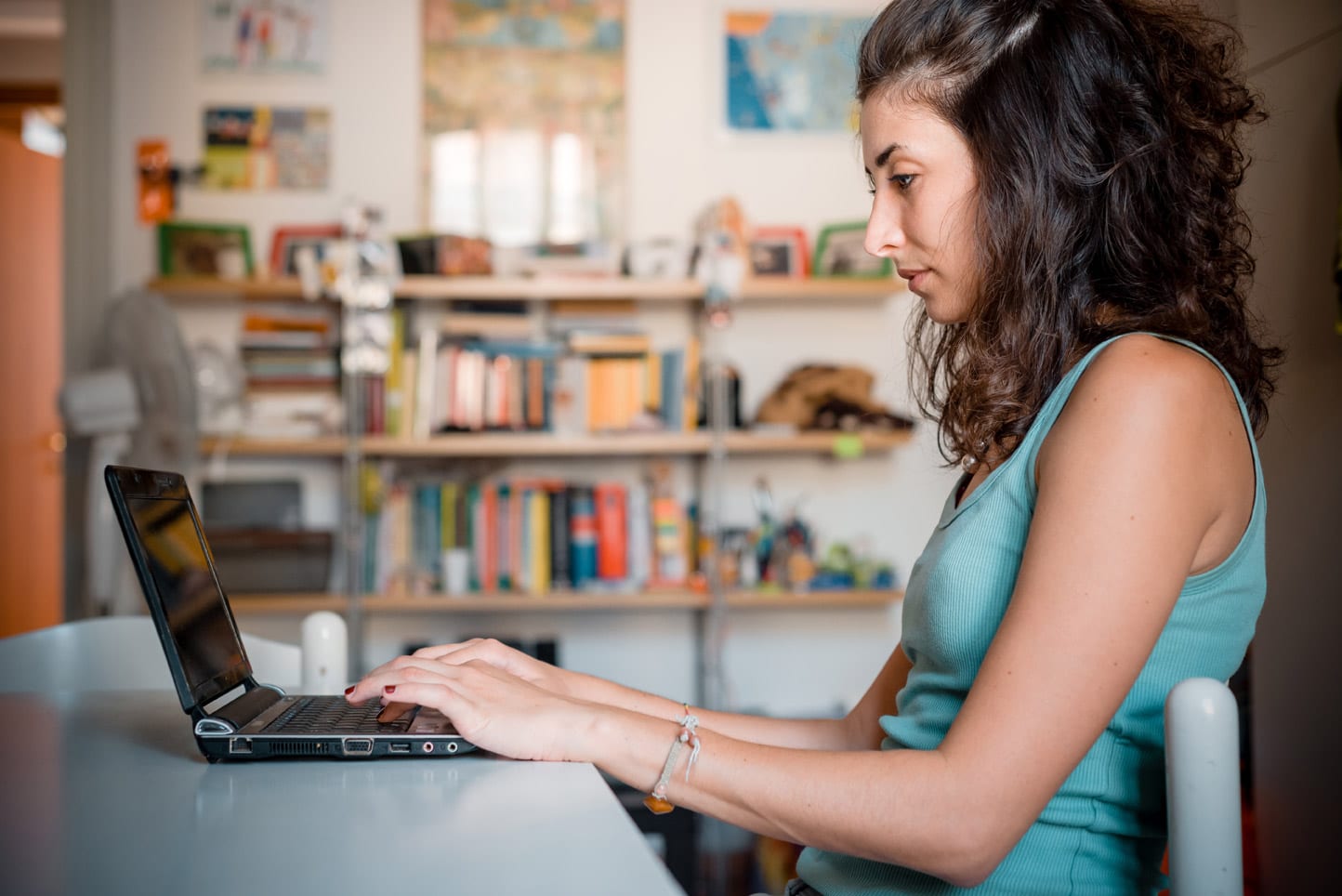Female entrepreneurs are a growing force. Sue Stockdale sums-up the 7 defining features of being a woman entrepreneur today. This is what we can tell our children.

1. The number of women-owned businesses continues to grow slowly
In the US, women own 34% of businesses under $100,000 in revenue and 6% of businesses over $10 million in revenue. In the UK, according to the last Small Business Survey published in 2013, 21 % of businesses with no employees were women-led businesses with an additional 16 % being led equally by men and women. So overall around 37% of small businesses were at least 50 % female.
2. Social responsibility was part of how we operated
Doing business whilst doing good is something that women tend to do naturally. Many have been motivated to start up to make a difference such as Geetie Singh, founder of the UK’s first organic gastropub, The Duke of Cambridge, and in the US, Mandy Cabot, founder of Dansko, the market leader in innovative comfort footwear. Singh started out by paying above the minimum wage, and quickly discovered that staff turnover was relatively low compared to the norm in the catering industry. Dansko also operates as a triple bottom line company (focus on people, profit and planet) and values taking care of its employees, and customers as well as thinking about the sustainable element by upholding certain environmental and social standards.
3. We sought advice from our peers
As women entrepreneurs love to learn, peer advisory groups have become more popular. Whether that is through the local mastermind group or women-only peer groups such as Women Presidents Organisation, these groups provide a fantastic way for sharing best practice, accessing business opportunities and wider resources. It is about building relationships and finding ways to support and help one another. The Goldman Sachs 10,000 Small Businesses program that has been running in the UK and US has facilitated this peer support approach, along with additional support from experienced business mentors.
4. Creating a niche was the way to get noticed
In the crowded marketplace, any business has to stand out. What women-led businesses have done exceptionally well is to understand the importance of creating a niche. For example, Ghana’s Grace Amey-Obeng made her fortune promoting products which emphasised the beauty of black skin. Having been in business now for over 25 years, the company has an annual turnover of around £5 million. At the smaller end of the market, local niche services such as pet minding or dog walking are becoming popular and cater for those with local knowledge and an interest in pets.
5. We used the fact we are women by gaining certification to access corporate and government contract opportunities
Gaining access to markets is vital for all businesses. Now that there is a drive by many global multinationals, and Government Organisations to have a more diverse supply chain, it has opened up opportunities for women-owned businesses to become Certified (confirm they are 51% owned, managed and controlled by a woman/women). Corporates know that in the US over 80% of the purchasing decisions are made by women, they want their suppliers to be more representative of their market place. So by having greater diversity and working with smaller businesses that can be more nimble to meet new market needs, there is a potential win-win. WEConnect International is the global portal that can connect women-owned businesses to contract opportunities.
6. We sought access to networks, capital and technology
According to the EY Winning Women programme, two of the factors that can help accelerate growth for a women entrepreneur are establishing key advisory networks and evaluating financing for expansion. Those who have taken this approach such as Viv Parry at Exquisite Hand Made Cakes found that it provides a wider pool of resource to tap into. Viv participated in the Goldman Sachs programme, and also sought peer to peer funding to finance the purchase of a new machine for their business.
7. We were innovative when it came to financing
Whilst the data shows that there are still only a very small percentage of women-led businesses receiving venture capital finance for growth, the market has seen an increase in female business angels, who are investing in other women-owned businesses. In Scotland, Investing Women has been providing education for would-be female investors, and matching them up to companies seeking growth funding.

